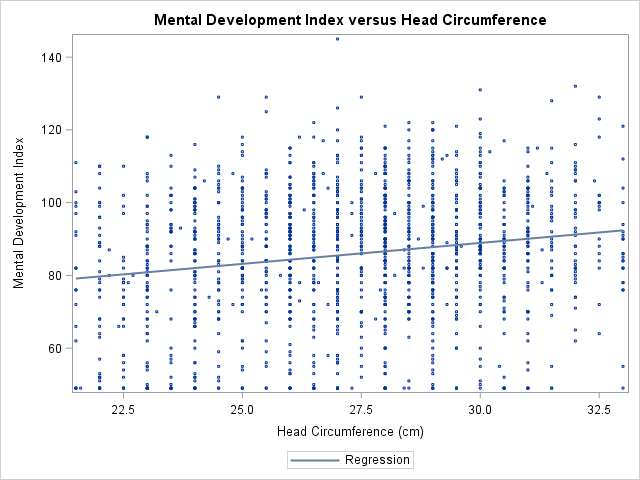Title:
Head circumference within the normal range and neurodevelopment in preterm infants
Presenting Author:
Elisa T. Bushman, MD1,2
Coauthors:
Christina T Blanchard1,2, Stacy Harris, RN1,2, Brian Casey, MD1,2, Alan T Tita, MD1,2, Lorie M. Harper, MD1,2
Institution:
1 Center for Women’s Reproductive Health, University of Alabama at Birmingham, Birmingham, AL
2 Department of Obstetrics and Gynecology, University of Alabama at Birmingham, Birmingham, AL
Objective:
Head circumference (HC) is used as a surrogate marker of future neurodevelopmental outcomes (NDO). We sought to determine if variation in head circumference within the range of normal (within 2 standard deviations) is associated with neurodevelopmental outcomes.
Study Design:
Secondary analysis of a randomized controlled trial assessing the benefits of magnesium for prevention of cerebral palsy. Women were included if HC at birth was within 2 standard deviations (SD) of the mean, specific for race and gestational age. Patients were excluded for fetal/neonatal death, infant lost to follow up, or race-specific HC was available. NDO were assessed at age 2 by trained psychologists or psychometrics. Moderate delay was defined as Bayley score <70 and mild delay as <85 on psychomotor and developmental indices. HC was classified as: 1-2 SD below, within 1 SD, and 1-2 SD above the mean. Logistic regression models were used to adjust for baseline confounding differences. Linear regression models were calculated to estimate the impact for every 1cm of change in HC, adjusted for gestational age and race.
Results:
Of 1498 included , 253 (17%) were classified as HC 1-2 SD below, 1025 (68%) within 1 SD of the mean, and 220 (15%) 1-2SD above. Groups were similar regarding baseline characteristics. After adjusting for birthweight and race, HC 1-2SD below the mean was significantly associated with mild and moderate delay compared to HC within 1SD. HC 1-2 SD above the mean was not consistently associated with a difference in mild and moderate delay compared to HC within 1SD (Table 1). When considered as a continuous variable, every 1-cm increase in HC was associated with 1.03 point increase in psychomotor development index (p <0.0001) and a 1.15 point increase in mental development index (p <0.0001) (Figure 1).
Conclusion:
Within the normal range of head circumference (1-2SD above and 1-2SD below ), changes in head circumference result in clinically significant differences in two-year neurodevelopmental outcomes as measured by Bayley II scales.
Table 1: Developmental index results by fetal head circumference by SD
|
1-2 SD below (n = 253) |
Within 1 SD of Mean HC (n = 1025) |
AOR (95% CI) |
1-2 SD Above (n=220) |
AOR (95% CI) |
|
|
Psychomotor Development Index <70 |
68 (26.9) |
120 (11.7) |
1.74 (1.10 – 2.74) |
26 (11.8) |
1.71 (0.95 – 3.07) |
|
Psychomotor Development Index <85 |
127 (50.2) |
291 (28.4) |
1.91 (1.34 – 2.73) |
69 (31.4) |
1.57 (1.04 – 2.37) |
|
Mental Development Index <70 |
85 (33.6) |
145 (14.2) |
2.08 (1.36 – 3.17) |
24 (10.9) |
1.18 (0.66 – 2.11) |
|
Mental development Index 7<85 |
148 (58.5) |
429 (41.9) |
1.48 (1.04 – 2.11) |
83 (37.7) |
1.18 (0.80 – 1.76) |
Figure 1: Scatterplots for HC and mental development index score

*adjusted for gestational age and race